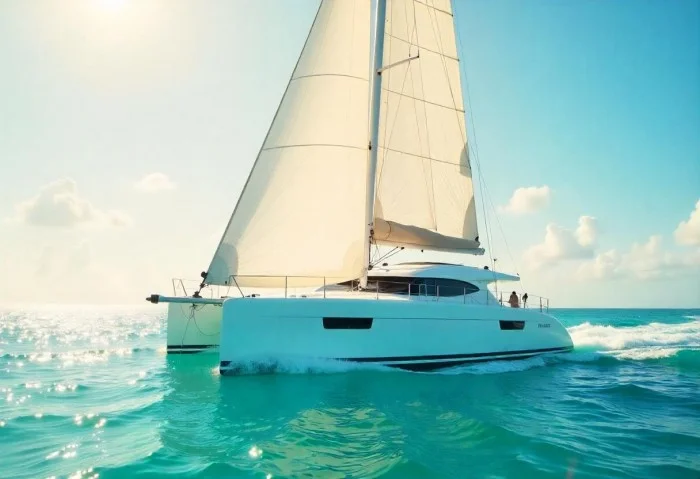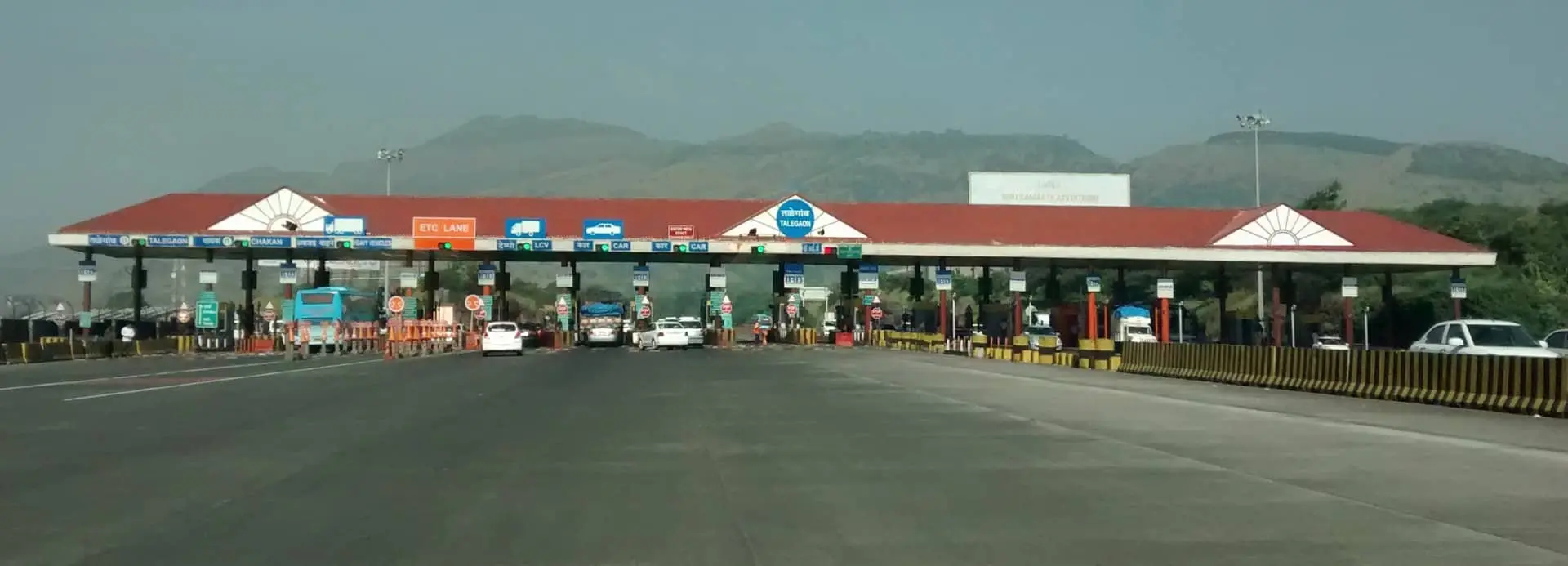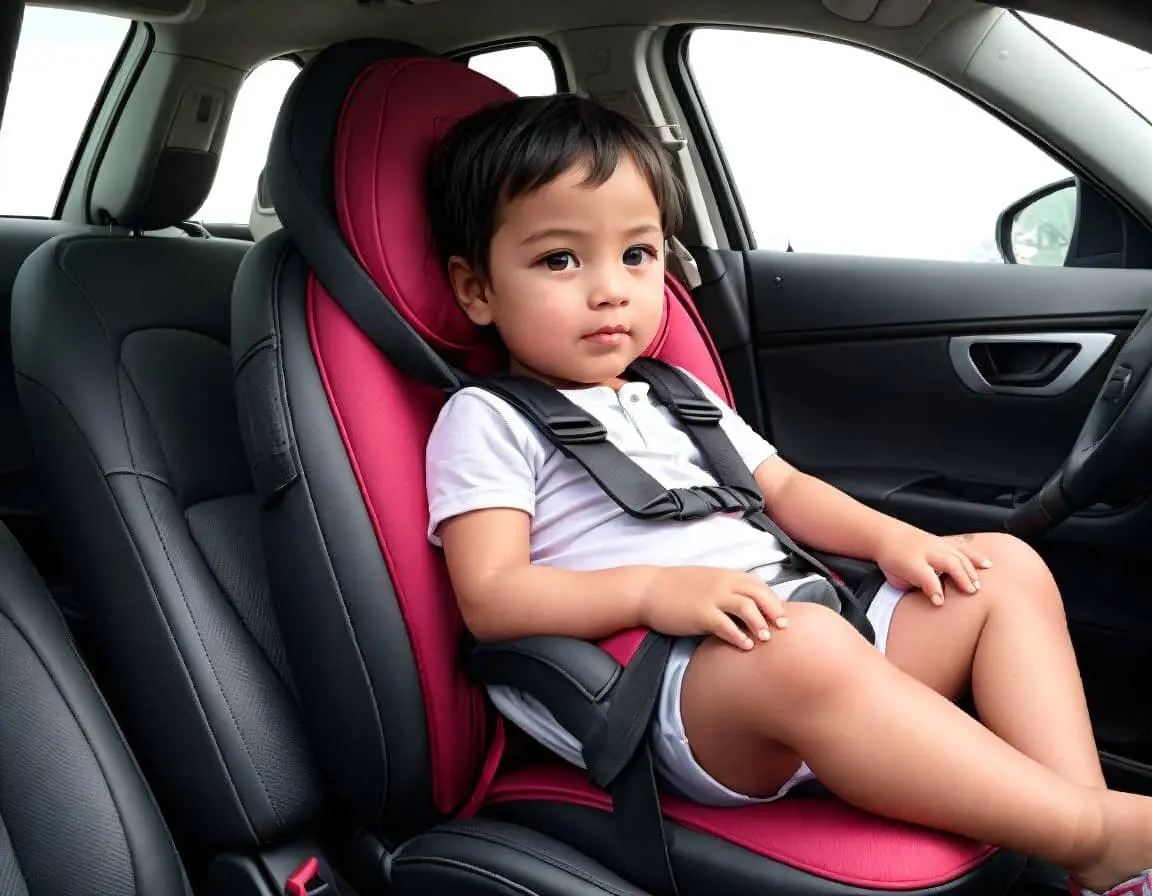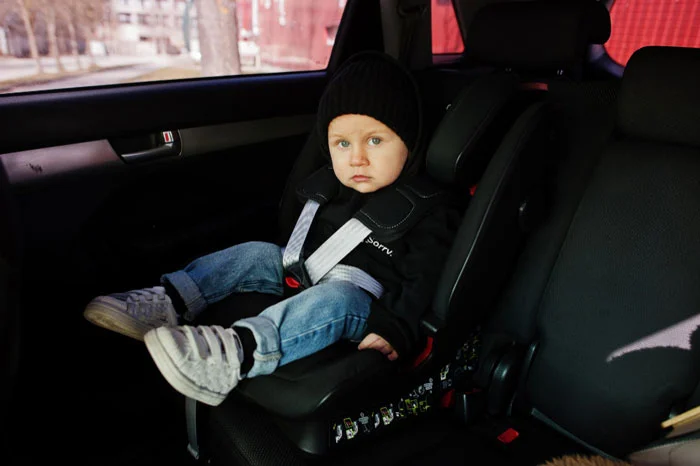Child Car Seat Regulations In Italy
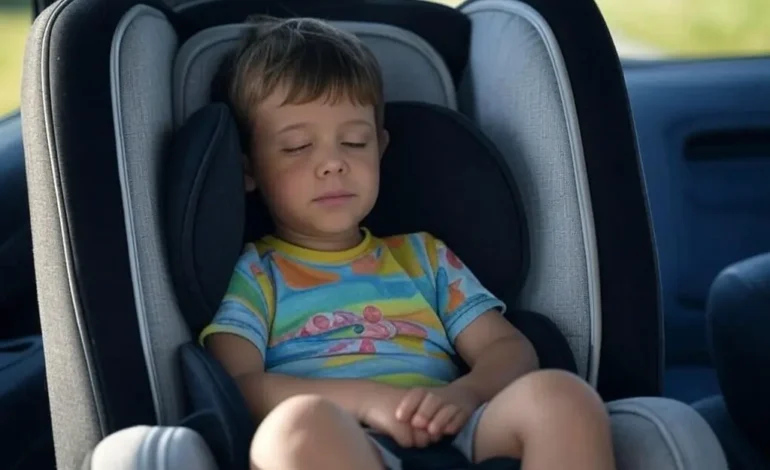
Traveling with children in Italy, whether as a resident or a visitor, requires a clear understanding of the country’s child seat regulations. Italy, like many European nations, prioritizes road safety, and its laws regarding child restraints are designed to protect young passengers in vehicles.
These rules, rooted in the Italian Highway Code (Codice della Strada) and aligned with European Union standards, are mandatory and carry penalties for non-compliance. This article provides an in-depth look at Italy’s child seat rules, including requirements for different age and size groups, exceptions, practical tips for travelers, and additional details to ensure a safe and stress-free journey.
Legal Framework: Article 172 of the Italian Highway Code
The foundation of Italy’s child seat rules lies in Article 172 of the Codice della Strada, which mandates the use of appropriate restraint systems for children in vehicles equipped with seat belts. The law applies to all children under 150 cm (approximately 4 feet 11 inches) in height or weighing less than 36 kg (79 lbs), regardless of age. This focus on height and weight, rather than age alone, reflects a practical approach to ensuring that safety devices suit a child’s physical development.
Child seats and boosters used in Italy must meet European safety standards, specifically ECE R44/04 or the newer R129 (i-Size) regulations. These standards ensure that seats provide adequate protection in collisions, with R129 offering enhanced side-impact protection and a height-based classification system. Compliance is indicated by an orange label on the seat, which includes details such as the regulation number, weight or height range, and approval status.
Reference- Child Car Seat Regulations in South Africa
Child Seat Categories and Requirements
Italian law categorizes child restraint systems into groups based on a child’s weight and, under R129, height. Below is a breakdown of the requirements:
1. Infants (0–13 kg or up to 15 months under R129)
- Requirement: Rear-facing car seat.
- Details: Babies weighing up to 13 kg (approximately 29 lbs) must travel in a rear-facing seat, ideally placed in the back of the vehicle. The R129 regulation extends this requirement to at least 15 months of age for added safety, as rear-facing positions offer superior protection for a child’s head, neck, and spine in a crash. If placed in the front seat, the passenger airbag must be deactivated.
- Why It Matters: Studies show that rear-facing seats reduce the risk of injury by up to five times compared to forward-facing positions, especially in frontal collisions.
2. Toddlers (9–18 kg or approximately 1–4 years)
- Requirement: Forward-facing car seat with a harness.
- Details: Children in this weight range can transition to a forward-facing seat equipped with a five-point harness. These seats must be secured using the vehicle’s seat belt or an ISOFIX system, a standardized anchoring method that enhances stability. Parents should ensure the harness is snug and the seat is compatible with the car.
- Additional Note: While the law permits forward-facing seats at 9 kg, experts recommend keeping children rear-facing as long as possible within the seat’s limits for maximum safety.
3. Young Children (15–36 kg or approximately 4–12 years)
- Requirement: Booster seat (with or without a backrest).
- Details: For children weighing 15–36 kg, a booster seat is required to position the vehicle’s seat belt correctly over the child’s shoulder and pelvis. Since a 2017 update to ECE R44/04, children under 125 cm (approximately 4 feet 1 inch) using a booster must use one with a backrest. Backless boosters are still legal for taller children but are less common due to safety concerns.
- Practical Tip: High-back boosters provide better side-impact protection and head support, making them a preferred choice.
4. Children Over 150 cm or 36 kg
- Requirement: Adult seat belt.
- Details: Once a child exceeds 150 cm in height or 36 kg in weight—whichever comes first—they can use the vehicle’s standard seat belt without a booster. However, if a child reaches this height before age 12, it’s still recommended to use a booster for optimal belt fit.
Reference- Child Car Seat Rules in New Zealand
Penalties for Non-Compliance
Failing to use an appropriate child restraint system in Italy can result in significant penalties. Fines range from €83 to €333 (approximately $90–$360 USD as of April 2025), depending on the severity of the violation. Additionally, drivers may receive five penalty points on their license. In the event of an accident, improper use of a car seat could also jeopardize insurance claims, leaving families liable for damages or medical costs.
Special Cases: Taxis, Private Drivers, and Rental Cars
Taxis and Private Drivers (NCC)
In Italy, taxis and private hire vehicles (known as NCC—noleggio con conducente) are exempt from the requirement to provide child seats. Children can travel in the back seat without a restraint system if accompanied by someone aged 16 or older. However, this exemption prioritizes convenience over safety, and many parents opt to bring their own car seats for peace of mind, especially on high-speed roads like the Autostrada.
Rental Cars
When renting a car in Italy, child seats are not automatically provided but can be requested for an additional fee. Availability varies, so it’s wise to confirm with the rental company in advance. Travelers should also check that the rented seat meets EU standards and fits their child correctly. Bringing a personal car seat is often a safer and more reliable option, provided it complies with ECE R44/04 or R129.
Unique Italian Regulations: Anti-Abandonment Devices
Since November 7, 2019, Italy has enforced a groundbreaking law requiring “anti-abandonment” devices for children under four years old. This regulation, introduced under Law No. 117 of October 1, 2018, mandates that car seats for this age group be equipped with alarms to prevent children from being forgotten in vehicles. These devices, often integrated into the seat or available as separate accessories, trigger an alert (via sound, visuals, or smartphone notifications) if the driver leaves the car while the child remains strapped in. Non-compliance carries fines of €81–€326 and potential license suspension. This measure was spurred by tragic incidents of heatstroke deaths and is a unique feature of Italian road safety law.
Practical Tips for Travelers
- Bringing Your Own Car Seat: If traveling from outside the EU (e.g., the US), ensure your car seat has an EU approval label. US seats often feature chest clips, which are illegal in Italy unless part of an R129-approved design. Check compatibility before departure.
- Air Travel: Most airlines allow FAA-approved car seats on flights, but confirm dimensions for smaller Italian domestic planes. Book a window seat to avoid blocking aisle access.
- Installation: Verify that your rental car has ISOFIX points if your seat relies on them. Otherwise, use the three-point seat belt and follow the manufacturer’s instructions meticulously.
- Road Trip Planning: Italy’s narrow roads and busy highways require extra caution. Plan stops at Autogrill stations for breaks, and keep children secured even for short trips.
Cultural Context and Enforcement
While Italy’s child seat laws are strict on paper, enforcement can be inconsistent. It’s not uncommon to see local families flouting the rules, with children riding unrestrained or on an adult’s lap. However, tourists are often held to a higher standard, and police may target rental cars for inspections. Safety-conscious travelers should prioritize compliance over local habits.
Why These Rules Matter
Car accidents remain a leading cause of child mortality worldwide, and Italy is no exception. Proper restraint systems reduce injury risk by up to 70% for infants and 54% for toddlers, according to global safety data. Italy’s regulations, including the anti-abandonment mandate, reflect a proactive approach to protecting its youngest passengers.
Conclusion
Navigating Italy’s child seat rules requires preparation, but the effort ensures your child’s safety on the road. From rear-facing seats for infants to boosters for older kids, the laws are clear and enforceable, with unique features like anti-abandonment devices setting Italy apart. Whether you’re exploring Tuscany’s countryside or zipping along the Amalfi Coast, understanding and adhering to these regulations will make your Italian adventure both safe and enjoyable. Always double-check the latest updates before traveling, and when in doubt, err on the side of caution—your child’s well-being is worth it.

